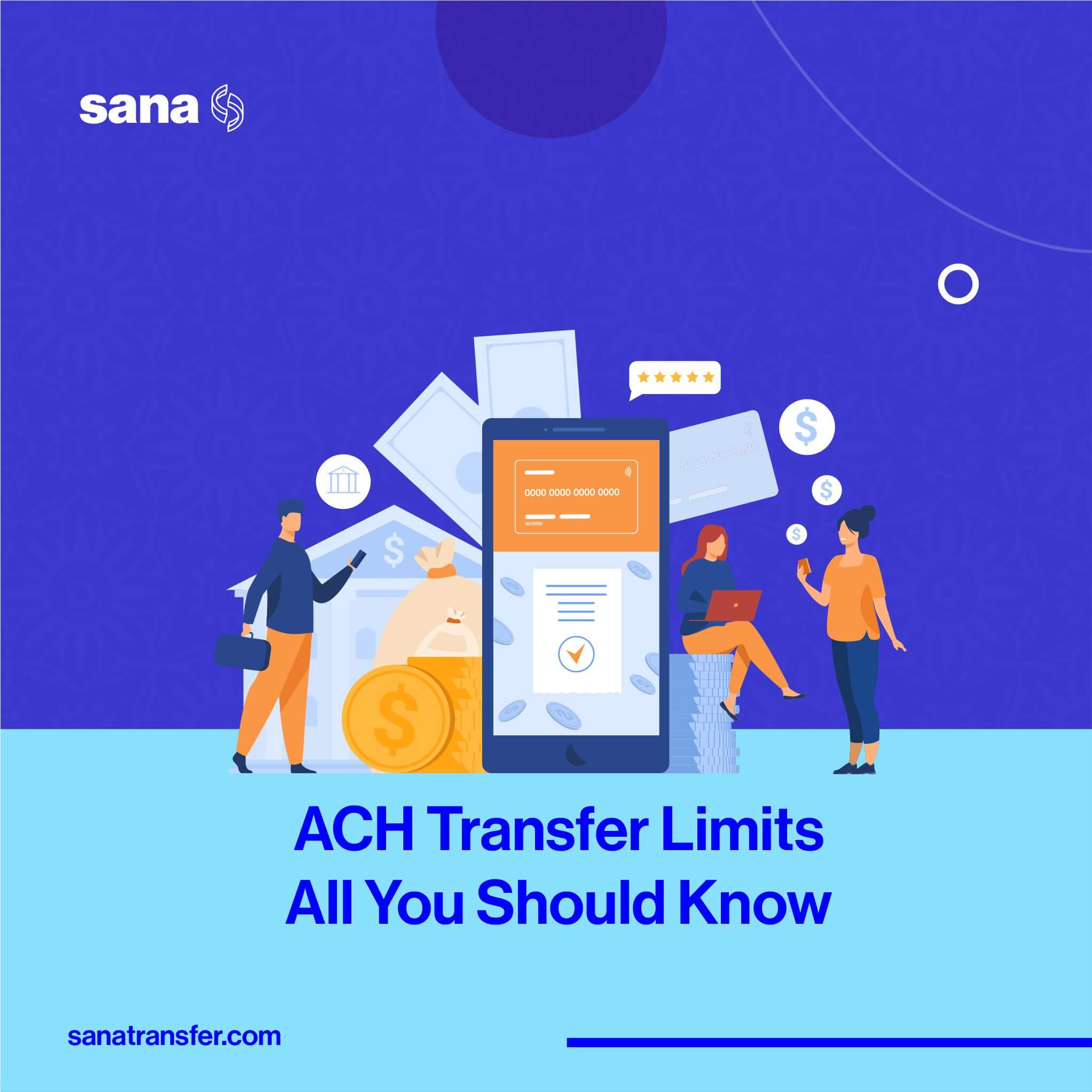ACH Transfer Limits - All You Should Know
Learn about the various ACH Transfer Limits of banks according to the National Automated Clearing House Association.

If you use ACH transfer to make payments frequently, it is important for you to know that there are ACH transfer limits. Although this form of electronic payment is considered cheap and secure, its transfer limit is something to consider before using it to execute a transaction. Generally, the transfer limits of ACH transactions vary depending on the bank you use. The different transfer limits for popular banks will be explored below.
What are ACH Transfers?
ACH transfers are digital, bank-to-bank funds transfers that are processed via the Automated Clearing House Network. Essentially, it involves moving money from one bank (or financial institution) to another bank electronically via the Automated Clearing House Network.
This form of electronic transfer is generally more secure than others and attracts little to no transaction fees. This makes them one of the best payment methods for business owners.
What is an ACH Transfer Limit?
ACH Transfer Limits are the specific amount of money you can send and receive via ACH transfers. While most banks set their limits, there is a general limit imposed by NACHA (National Automated Clearing House Association) that applies to all ACH transfers between financial institutions.
Basically, banks place daily and monthly limitations on their ACH transfers, with the guidelines set by the NACHA. These limits generally apply to both your outgoing and incoming transactions and your savings accounts. Transfer limits can vary depending on the bank and the ACH platform.
Incoming ACH Transfer Limits
In 2022, the National Automated Clearing House Association (NACHA) increased the individual ACH transfer limit to $1 million. This limit is pertinent to all eligible same-day transfers and intends to ensure that receivers get their money within the stipulated timeframe. It also benefits different kinds of larger transfers, including insurance claim payments, payroll funding, and b2b tax payments.
Outgoing ACH Transfer Limits
The transfer update which was increased to $1 million in 2022, also applies to outgoing transfers. Essentially, the outgoing ACH payment limit was increased from $100,000 to $1 million.
List of ACH Transfer Limits at Top U.S Banks
Below, we’ve provided a list of some of the most popular U.S. banks and their ACH transfer limits.
ACH Transfer Fees
Another important fee you must take note of is the transfer fee charged by banks. If you plan to make transfers regularly, these fees can quickly add up, thereby making the charge costly to you.
Most banks charge their customers around $3 for every ACH transfer they execute with a standard delivery time. As for next-day delivery, they charge about $8 on average.
Nevertheless, some banks, such as Ally Bank and Capital One allow you to transfer, without charging any transfer fee for the transaction.
Bottom Line
As stated earlier, ACH transfer limits vary depending on the bank you use. Also, the kind of ACH transfer can affect the limit, as inbound transfer limits are different from outbound transfers. Inbound transfers mean that you are receiving the funds, while outbound transfer is when you are sending out funds. From the different limits outlined above, we can conclude that most banks have higher inbound limits than outbound transfer limits.
Join 500+ users across Canada in sending money back to family and loved ones using the SanaTransfer app. Visit SanaTransfer.com now to get started or download the app on Android or iOS.
